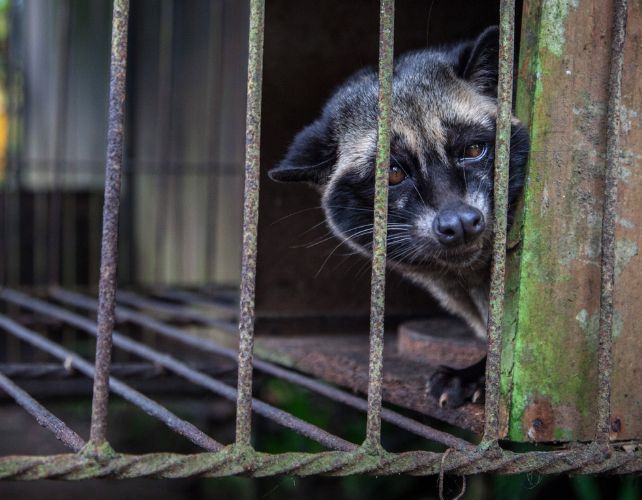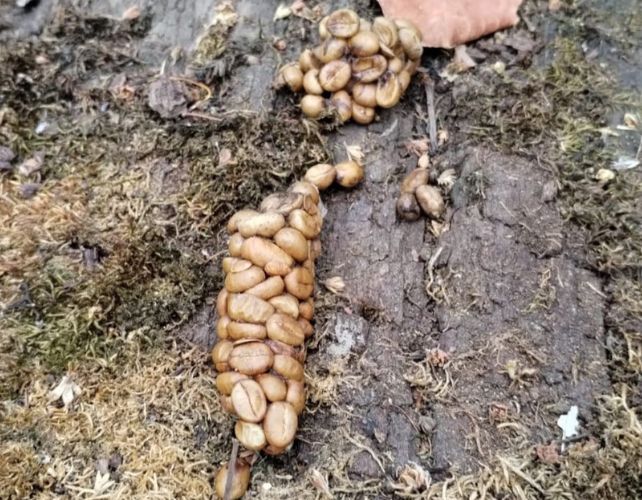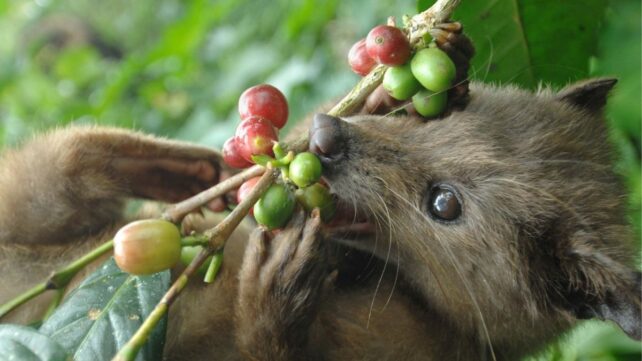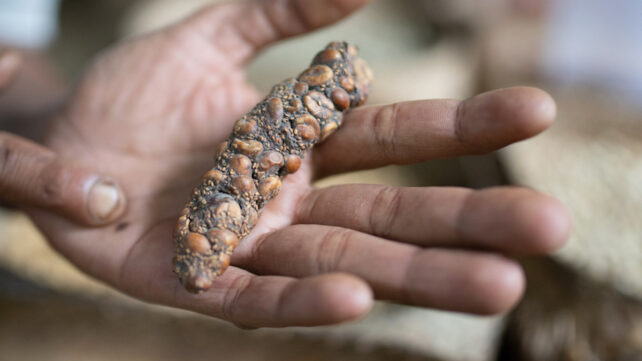The world's most expensive coffee comes from the rear end of a small mammal from South Asia known as an Asian common palm civet.
To better understand what makes the brew so special, researchers from Central University of Kerala in India led a study into the chemistry behind the prized blend, confirming what many coffee connoisseurs suspected.
In the wild, this small mammal (Paradoxurus hermaphroditus) will eat coffee cherries of its own accord and poop out the undigested beans.
Related: Pouring Coffee Into Your Rectum Isn't Worth The Risk, Says Expert
Over a century ago, some daring – or perhaps even desperate – person discovered that these could be used to brew a delicious cup of joe, and soon, civet coffee, aka kopi luwak, was a booming industry, with just a kilo of beans selling for US$1000 or more.
While this began as a boon to an animal once considered an agricultural pest, there are now concerns about the conditions many civets are kept in to produce the coffee: Investigations have uncovered captured animals in small wire cages being force-fed exclusively on coffee cherries and deprived of their natural behaviors.

Despite the hype around kopi luwak and the grim measures people have taken to produce it, there's no consensus on what effects this bizarre fermentation process may have on the coffee beans.
Central University of Kerala zoologist Palatty Allesh Sinu led an investigation to compare the chemical qualities of ripe, fresh coffee berries from five Robusta estates in India, with those of coffee beans collected from wild civet feces found on the same estates.

Post-civet beans were distinctly larger than those straight from the plant, and had a higher fat content, which fits with anecdotes about wild civets' knack for choosing the best beans (this, of course, is not the case when captive civets are fed restrictive diets).
Proteins and caffeine levels were no different between fresh and civet-poop beans, but chemical profiling revealed civet coffee contained higher levels of caprylic acid and capric acid methyl esters, both of which contribute flavor-enhancing properties and a dairy-like aroma.
"These observations go with the hypothesis that the civet's digestive process, comprising natural fermentation along with the enzymatic uptake, modifies the beans' chemical composition, intensifying the flavor and adding to the distinctive sensory characteristics of civet coffee," the authors write in their published paper.

The authors note that most civet coffee is produced using Arabica beans, and that their beans were unroasted, which may result in different chemical qualities from roasted beans.
Whether these distinct qualities justify the exorbitant price and the animal welfare concerns is another matter, though knowing exactly what gives kopi luwak its sought-after taste could potentially help producers develop more sustainable and ethical methods of producing the tasty coffee beans.
Future work should examine the aroma profiles on a molecular level and develop methods for testing the authenticity of civet beans "to ensure sustainability, ethical practices, and consumer trust," Sinu and team write.
This research was published in Scientific Reports.

